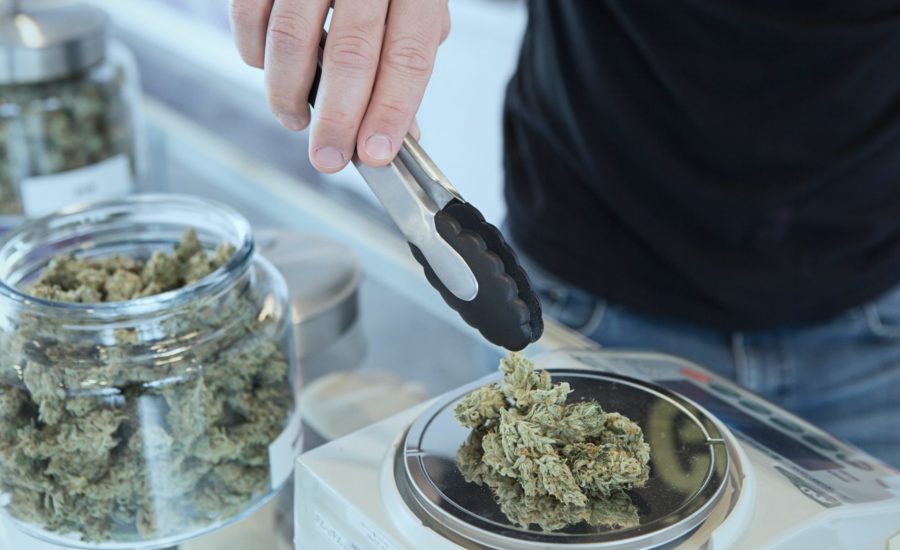Making sense of the markets this week: July 12
A look inside RBC’s extensive new report on investing in Canadian banks; why investors are suing cannabis companies; and our nation’s soon-to-surpass $1-trillion debt.
Advertisement
A look inside RBC’s extensive new report on investing in Canadian banks; why investors are suing cannabis companies; and our nation’s soon-to-surpass $1-trillion debt.

Share this article Share on Facebook Share on Twitter Share on Linkedin Share on Reddit Share on Email